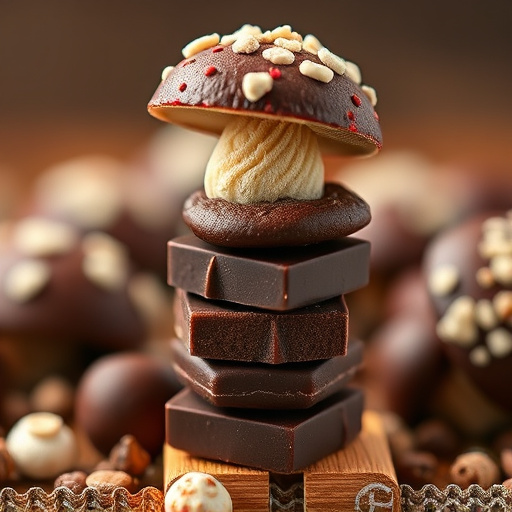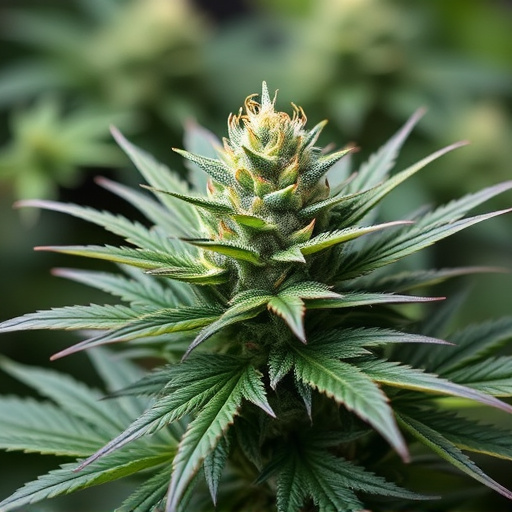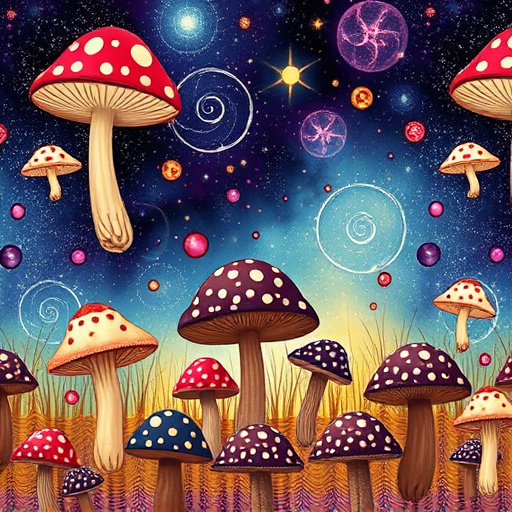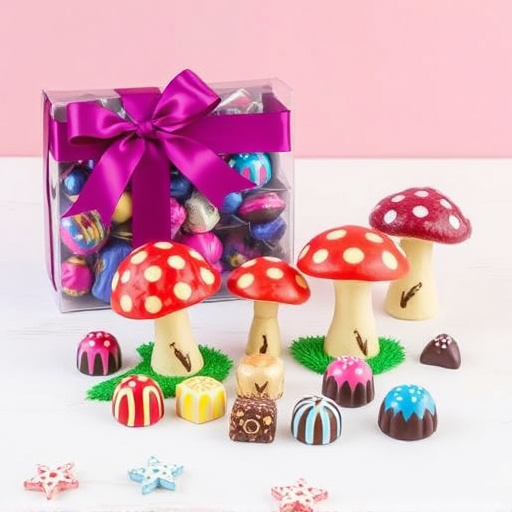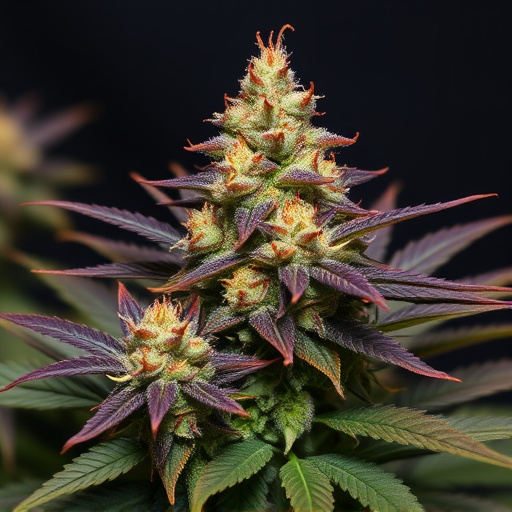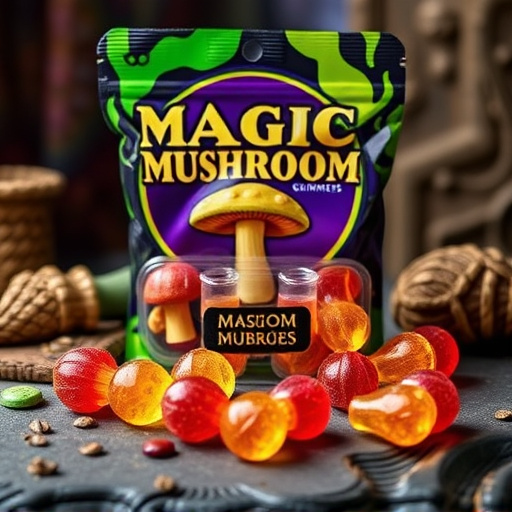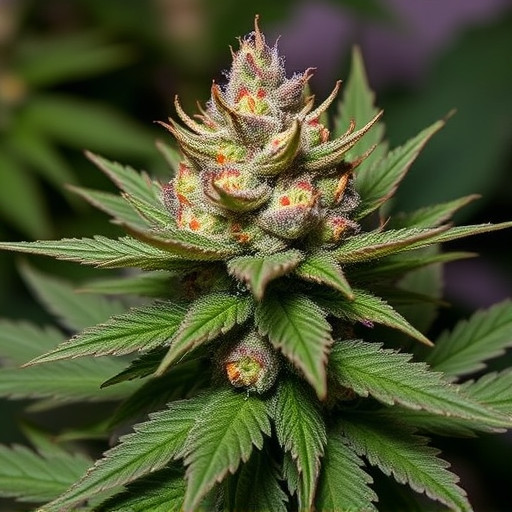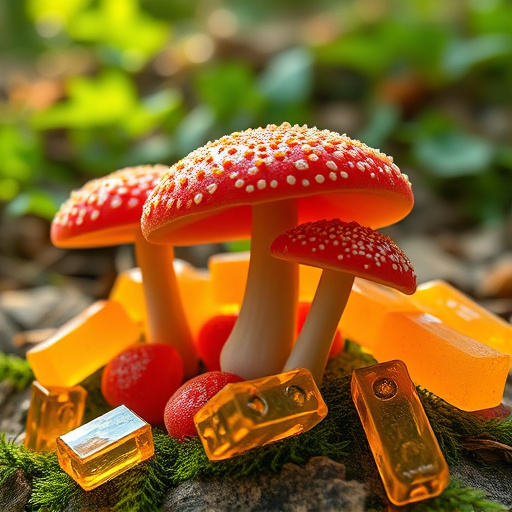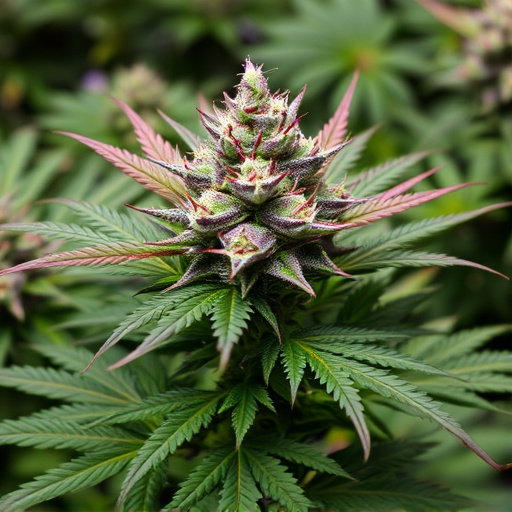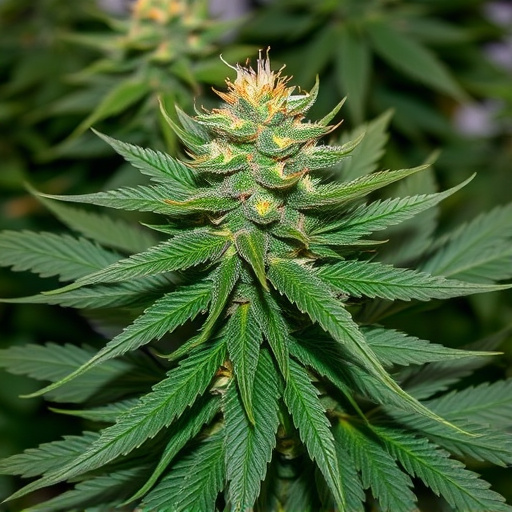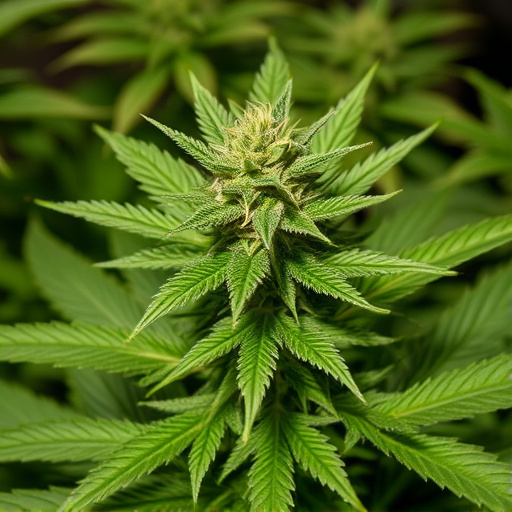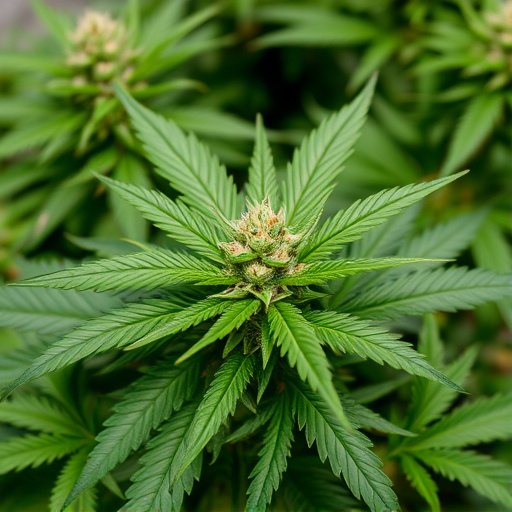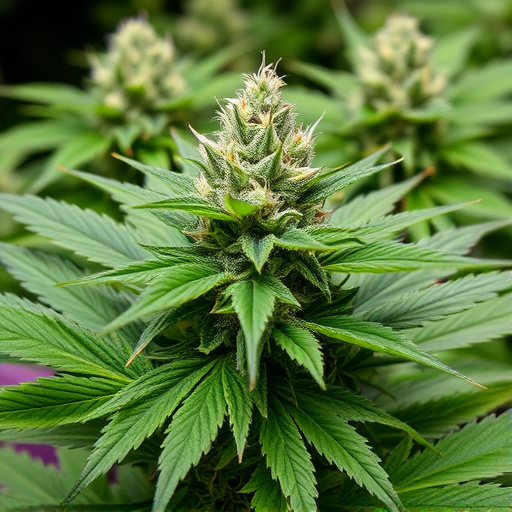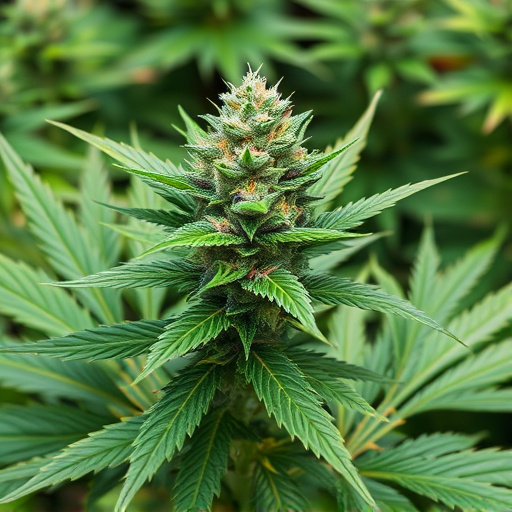Cannabis aging decreases THC levels, impacting potency and experience. Oxidation, light, heat, and humidity cause THC to transform into CBN. Proper storage techniques like vacuum sealing slow degradation. Older cannabis sativa strains vary greatly in effectiveness based on age and conditions. Genetic profiles also influence potency, with some old varieties retaining strength. Regulated newer strains may surpass older ones in measured potency.
Can old weed still get you high? Despite popular belief, aged cannabis doesn’t automatically mean a diminished experience. This article explores whether dried flowers from years past retain their potency. We delve into the science behind THC decay, uncover factors influencing strain potency over time, and provide insights on maximizing your high from vintage cannabis sativa strains.
- Understanding Cannabis Aging and Potency
- The Science Behind THC Decay in Dried Flowers
- Factors Influencing the Potency of Old Weed Strains
Understanding Cannabis Aging and Potency
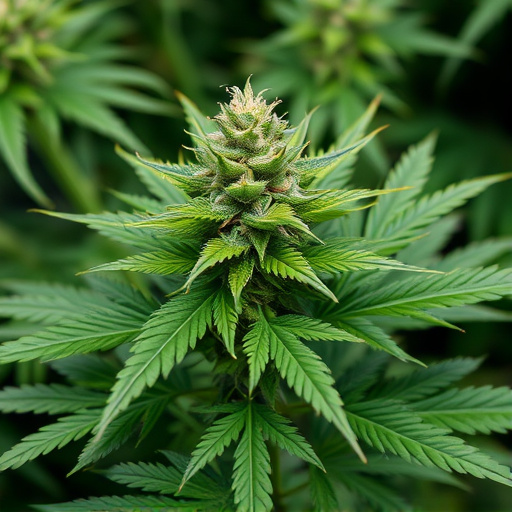
Cannabis, like many other plants, undergoes a process of aging that can significantly impact its potency and effects. When cannabis flowers (or buds) are harvested, they contain a variety of compounds, most notably tetrahydrocannabinol (THC), which is responsible for the plant’s psychoactive properties. Over time, THC gradually degrades, leading to a potential decrease in the plant’s potency. This degradation is influenced by various factors, such as storage conditions, humidity, and temperature.
Different cannabis sativa strains exhibit varying levels of THC content at different stages of maturity. Freshly harvested buds often have higher THC concentrations, providing users with a more intense high. However, as the flowers age, THC levels can drop, resulting in a milder experience. Understanding this dynamic is crucial for consumers who seek specific effects from their cannabis strains.
The Science Behind THC Decay in Dried Flowers
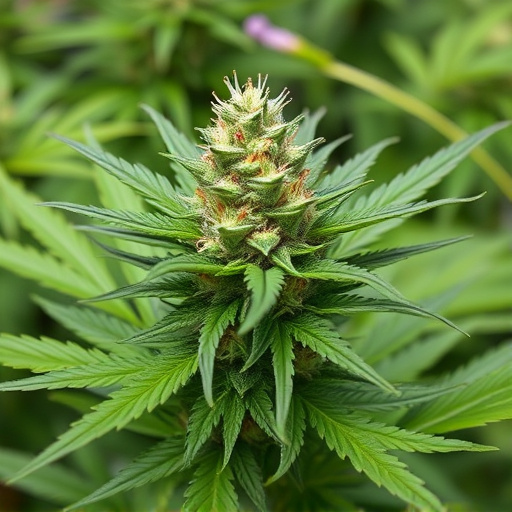
The science behind THC decay in dried cannabis sativa strains flowers is a fascinating aspect of understanding why an old bud might not deliver the same potent high as fresh ones. THC, or tetrahydrocannabinol, is the primary psychoactive compound responsible for the euphoric effects associated with cannabis use. When cannabis plants are harvested and dried, the THC content can decrease over time due to several factors. One of the main reasons is oxidation, a chemical process that breaks down THC into CBN (cannabinol), which has much weaker psychoactive properties.
Additionally, exposure to light, heat, and humidity accelerates this degradation process. Improper storage conditions can lead to significant THC loss, making previously potent strains less effective when consumed. This is why many cannabis enthusiasts stress the importance of proper preservation techniques, such as vacuum sealing and storing in cool, dark places, to maintain the integrity of their beloved cannabis sativa strains.
Factors Influencing the Potency of Old Weed Strains
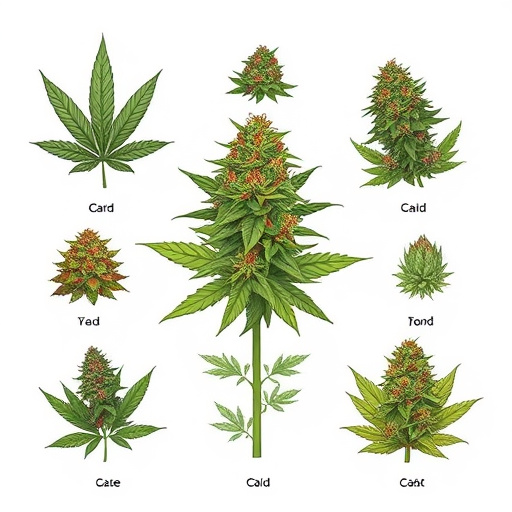
The potency of old cannabis sativa strains, often referred to as “weed,” can vary significantly based on several factors. One of the primary influences is age and storage conditions. Cannabis plants naturally produce terpenes and cannabinoids that contribute to their unique effects and aroma, but these compounds degrade over time. Proper storage, including ideal temperature and humidity levels, can slow down this degradation process. Older strains might retain a portion of their initial potency, but it’s essential to consider that the quality and consistency of high-potency cannabis are not guaranteed with age.
Another factor is the specific genetic makeup of the strain. Some cannabis sativa varieties have been cultivated over decades, and selective breeding has produced strains known for their potent effects. These strains, regardless of age, can still deliver a strong high due to their natural cannabinoid profiles. However, as cannabis becomes more regulated and standardized, newer strains with scientifically measured potency levels may surpass older ones in terms of overall effectiveness.
While it’s intriguing to ponder, the potency of old weed isn’t necessarily a guarantee. The age of cannabis can indeed impact its THC levels, but various factors—from storage conditions to strain genetics—play a role in determining whether it still delivers the desired high. Understanding these nuances is key when considering the use of older cannabis sativa strains. Remember that quality control and proper storage practices are essential for preserving potency, ensuring consumers get the experience they expect from their chosen cannabis products.
